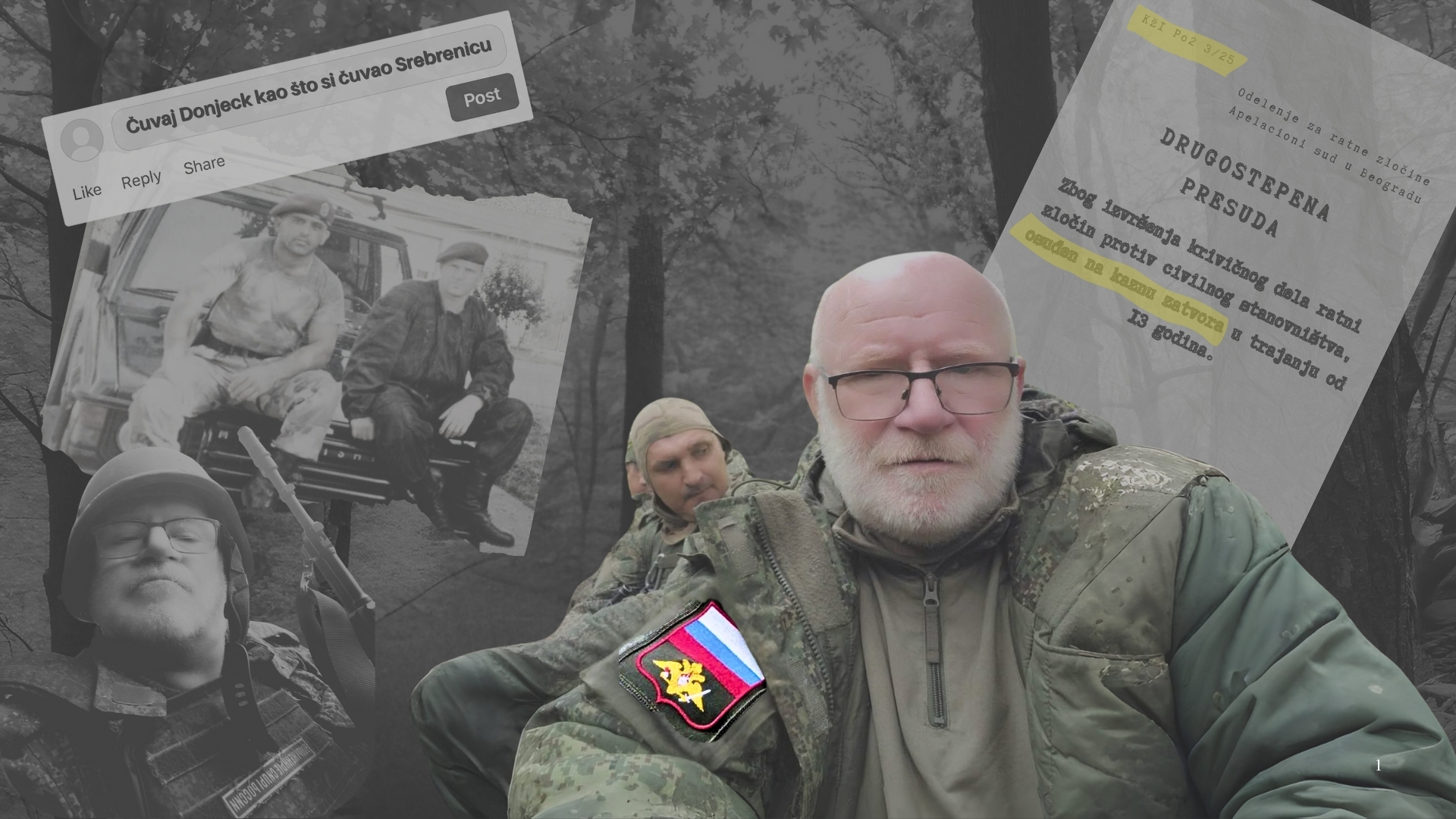This post is also available in: Bosnian
In her closing arguments on Monday, prosecutor Ozrenka Neskovic said that it had been proved beyond doubt that ex-fighters Dragomir Soldat, Velemir Djuric and Zoran Babic committed murders and caused physical and mental injuries in the village of Carakovo in 1992, and asked the Sarajevo court to find them guilty on all counts.
“A widespread and systematic attack against the civilian population was conducted. Those were not sporadic, but massive and repeated actions. The indictees carried out persecutions and other inhumane acts,” the prosecutor said.
She said that Soldat ordered the killings in Carakovo on July 23, 1992, while Djuric and Babic carried them out, taking Bosniak men from their homes in Carakovo and then shooting them dead outside the village mosque.
The indictment also alleges that some of the men who survived the shooting died soon afterwards when Djuric and Babic set the mosque on fire.
According to the charges, Soldat was a military policeman with the 43rd Motorised Brigade of the Bosnian Serb Army, Djuric a member of the army’s Intelligence Centre, and Babic a reservist policeman in Prijedor.
Neskovic said that the attack on the Bosniak-inhabited village was part of a wider assault in the Prijedor area which culminated in the establishment of detention camps where thousands of non-Serb citizens were held.
She said that witnesses from the village had identified the defendants.
“ Sead Susic and S1 survived the shooting. They identified Soldat as the person who ordered the taking of men to the local mosque. Witness Susic saw the soldiers and recognised Velemir Djuric, whom he had known before the war. Djuric had a rifle,” the prosecutor said.
The witnesses said that the men were escorted to the mosque, where they were shot.
“The mosque was on fire. Some bodies were on fire too, because burning beams were falling on them. Some bodies were buried next to the mosque and exhumed later on,” the prosecutor said.
She added that just before she entered the courtroom, she had learned that the final two bodies of men killed during the 1992 attack had been discovered at a mass grave in Tomasica near Prijedor which was only discovered last year and is still being exhumed by investigators.
The defence is due to present its closing arguments on February 24.


